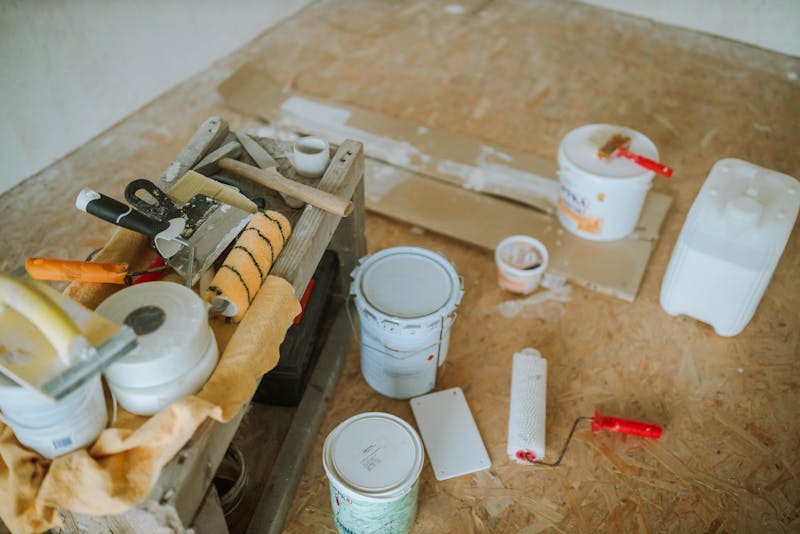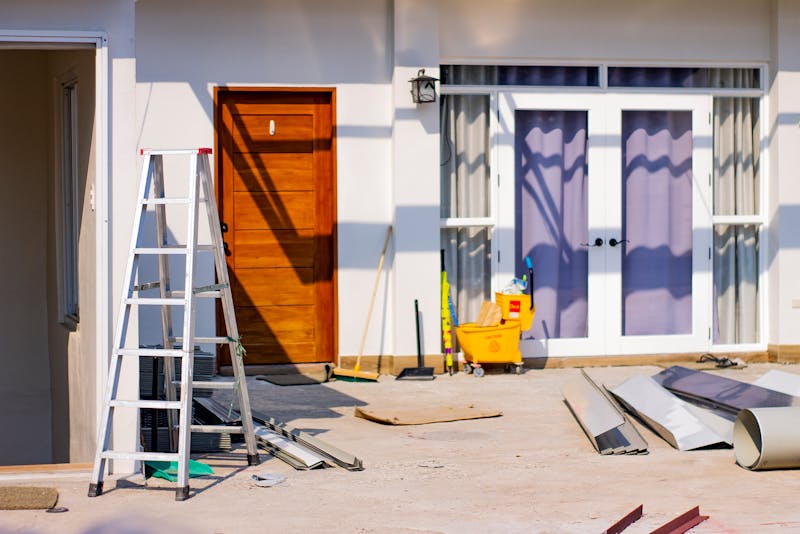- The size, condition, and architectural complexity of your home significantly affect exterior painting costs.
- Paint quality and finish play a major role in durability and long-term value, not just initial expense.
- Labor costs vary by location, experience, and accessibility, often making it the largest portion of your budget.
- Proper preparation and surface repair are essential for a professional, long-lasting finish.
- DIY work and careful scheduling can help manage costs without compromising quality.
- Investing in high-quality paint and professional services can reduce future maintenance and repainting expenses.
- Comparing multiple quotes ensures fair pricing and helps avoid unexpected project overruns.
Painting the exterior of your home is one of the most effective ways to boost curb appeal, protect your property, and increase overall value. However, homeowners often find themselves surprised by the varying costs associated with exterior painting projects. Understanding the factors that influence pricing can help you budget effectively, avoid unexpected expenses, and ensure you get the quality results your home deserves.
From materials to labor and home size to weather conditions, several key elements determine the final cost. This guide breaks down the main factors so you can approach your next exterior painting project with confidence.
What Are the Main Factors That Influence Exterior Painting Costs?

Exterior painting costs are rarely fixed. Multiple variables contribute to the overall price, and being aware of these can help homeowners plan their projects more accurately. It’s not just about the amount of paint you buy—prep work, surface type, and even the style of your home can dramatically affect pricing. Knowing what to expect allows you to choose wisely between DIY approaches and professional services.
Some key cost-influencing factors include:
- Home size and surface area – Larger homes naturally require more paint and labor.
- Material type – Wood, vinyl, brick, stucco, and other materials each have unique preparation and painting requirements.
- Paint quality – Premium paints last longer but come at a higher price.
- Labor costs – Depending on your location and the skill of the painters, labor can account for a significant portion of the budget.
- Prep work – Cleaning, sanding, priming, and repairing surfaces can increase costs.
How Does the Size and Condition of Your Home Affect Costs?
The size of your home is one of the most straightforward factors influencing the cost of exterior painting. A small single-story home will generally cost less to paint than a large two-story property. However, the condition of the exterior also plays a significant role. Homes with peeling paint, water damage, or rotting wood require more preparation before painting, which adds labor hours and materials.
Additional considerations include:
- Number of stories – Higher walls may require scaffolding, increasing labor costs.
- Architectural details – Trim, shutters, and intricate designs can require more time and precision.
- Surface damage – Cracks, mold, or rot need to be repaired to ensure the paint adheres properly and lasts longer.
By evaluating both size and condition early, homeowners can get more accurate quotes and avoid surprise expenses mid-project.
What Role Does Paint Quality Play in Overall Expenses?
Choosing the right paint is essential not just for aesthetics, but also for durability and long-term savings. High-quality paints often have better coverage, fade resistance, and longevity, reducing the frequency of repainting. Cheaper paints may save money initially, but can lead to additional costs in the long run.
When selecting paint, consider:
- Finish type – Matte, satin, and gloss finishes can vary in price and application technique.
- Brand reputation – Trusted brands typically have higher costs but better performance.
- Environmental factors – Exterior paints designed for weather resistance or UV protection may be more expensive, but are necessary in certain climates.
Investing in quality paint ensures your home remains protected and attractive for years.
How Location and Labor Costs Impact Your Budget
Labor is often the most significant expense in exterior painting projects. Rates vary by region, with urban areas generally costing more than rural locations. Experienced professional painters may charge higher rates, but the quality, efficiency, and safety of their work can justify the cost.
Other factors affecting labor costs include:
- Accessibility of the property – Tight spaces or high walls may require special equipment.
- Time of year – Painting in off-season months may reduce costs, but can be limited by weather.
- Crew size – Larger crews complete work faster but may have higher hourly rates.
Obtaining multiple quotes and checking references is essential to ensure fair pricing and quality work.
Why Preparation and Surface Type Are Critical

Preparation is a key determinant in the cost and quality of painting the exterior of a house. Proper prep work ensures that paint adheres well, looks smooth, and lasts longer. Skipping preparation steps like power washing, sanding, or priming can save money upfront, but lead to peeling, cracking, and early repainting.
Different surfaces require different preparation:
- Wood – May need sanding, caulking, and priming.
- Stucco – Requires crack filling and texturing for uniform coverage.
- Brick or masonry – Often needs sealing and cleaning to prevent moisture damage.
Allocating a portion of your budget to preparation ensures a professional finish and reduces long-term maintenance costs.
Tips to Manage Exterior Painting Costs Effectively
Homeowners can take steps to manage costs without compromising quality:
- Plan and schedule painting during favorable weather conditions.
- Compare quotes from multiple professional painters.
- Consider painting trim or small areas yourself to reduce labor costs.
- Choose long-lasting, high-quality paint to minimize future maintenance.
- Group repairs and painting projects together for better efficiency.
By understanding the factors that affect exterior painting costs, you can make informed decisions and enjoy a beautiful, durable home exterior.
